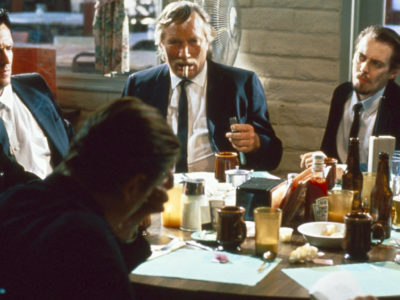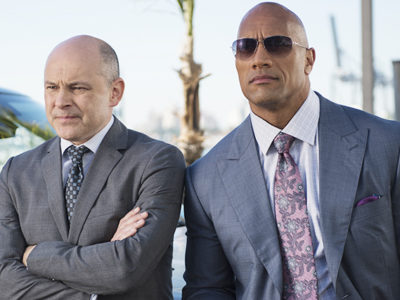‘Battle Royale’ gaming and Twitch, a love affair
‘Battle Royale’ gaming and Twitch, a love affair
BY : BENJI KARMIS
Even the 6 god knows...
Earlier this month, notorious Twitch streamer, Ninja, dropped in for a couple rounds of the famous Battle Royale style game, Fortnite, with rapper Travis Scott, the Pittsburg Steeler’s JuJu Smith-Schuster, and everybody’s favorite Champagne Papi, Drake. At its peak, this Twitter-trending stream attracted a whopping 628,000 viewers on Twitch, doubling the previous record for a single-player stream. With the exploding popularity of games like Fortnite and PlayerUnknown’s Battlegrounds (aka. PUBG), has the Battle Royale genre found its perfect partner in the Amazon-owned interactive streaming platform, Twitch?
Based on a Japanese movie with the same name from the year 2000, Battle Royale games typically begin with a player skydiving onto a map (either alone or with a team), picking up randomly-spawning weapons, armor, and health on the field, and virtually defeating other gamers – all while the playable area of the map gradually shrinks, forcing participants to interact. Players are after the legendary ‘chicken dinner’, in layman’s terms, to be the last man standing. The kicker is that there are usually 100 people per map, and there are no ‘respawns’ ( i.e. there’s no reappearing once you’ve been killed).
A simple explanation for the resounding success elicited from Battle Royale games: the serotonin rush of surviving to become the last person left on the map is probably one of the greatest moments you can experience playing video games.
But there is another equally powerful factor behind their prominence today: streamers.
The marketing strategy of games such as Fortnite and PUBG relies heavily on audience-loving streamers. Rather than allow every Battle Royale aficianado access to the pre-release version of the game, streamers who already had massive followings on Twitch were prioritized copies of the game, essentially jump-starting their fanbases. This explains how PUBG sold more than 20 million copies of its open beta before its official release.
Fortunately for the streamers who were seeded these new games, Twitch can be monetized. Viewers can follow a channel for free, but if they like a channel enough, they can subscribe to it and support them financially. Entry level packages begin at $4.99 a month, offering subscribers access to unique emotes, profile badges, ad-free viewing, and even invites into exclusive chatrooms and events. Viewers can also opt to donate money on-the-spot, allowing streamers to get paid to showcase gaming gear and computer parts. That’s how Ninja earns (at least) $560,000 a month for playing video games, giving kids around the globe a legitimate reason to shout, “one more game, Mom!”
However, the real winner of last week’s gaming session was Jeff Bezos. Since Amazon bought Twitch in 2014, Twitch has made some lucrative deals to stay the most popular video game streaming service. These sponsorships have allowed gamers to receive exclusive in-game items in exchange for using their services while part of their subscription costs are sent back to support the platform. Amazon Prime even includes a function called Twitch Prime that lures in subscribers with fancy Twitch-based and even in-game goods. This all helps Twitch smash the market share.
So what’s to come for Battle Royale and Twitch in the future?
Expect more mainstream games to tap into the success of the genre. AAA titles EA’s flagship Battlefield 5 due later this year, for instance, already announced it would reveal a pre-show with Twitch. Plus, with a marketplace like they have, Twitch isn’t likely going anywhere. Hopefully, it’ll attract more celebrities as well because we sure wouldn’t mind watching Drake play Fortnite forever. Started with 100 now we here?





